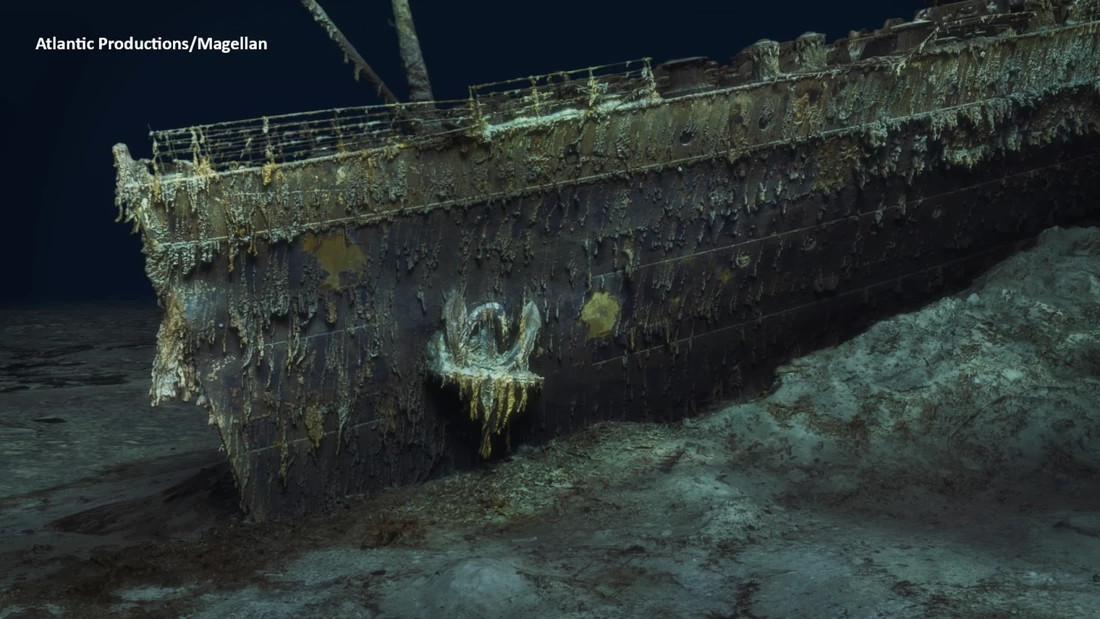|
The sinking of the RMS Titanic on April 15, 1912, stands as one of the most tragic and memorable events in maritime history. This catastrophic event, which claimed over 1,500 lives, has been the subject of extensive analysis, leading to a deeper understanding of the various factors that contributed to the disaster. Launched by the White Star Line, the Titanic was, at the time, the largest and most luxurious passenger ship in the world. Dubbed as "unsinkable," the ship was a marvel of contemporary engineering and design. The Titanic's construction boasted advanced features such as watertight compartments and electronically controlled watertight doors, designed to make it one of the safest ships afloat. However, despite these advanced features, the ship had several critical flaws that would contribute to its demise.
Ultimately, the most significant and obvious factor in the Titanic's sinking was its collision with an iceberg in the North Atlantic. While the presence of icebergs in the North Atlantic was well-known, the Titanic's crew was confident in the ship's ability to withstand any maritime hazard. This confidence, combined with the ship's high speed, contributed to the collision. The Titanic was sailing near its maximum speed when it struck the iceberg. The decision to maintain such a high speed in an area known for icebergs has been widely criticized. Scholars argue that if the ship had been moving slower, the collision might have been avoided, or the impact could have been less severe. That notwithstanding, the design of the Titanic also played a crucial role in the disaster. The ship's watertight compartments were designed to keep it afloat even if several compartments were breached. However, the collision with the iceberg caused damage across multiple compartments, extending beyond what the ship's design could withstand. Additionally, the bulkheads of these compartments did not extend high enough, allowing water to flow from one compartment to another, which hastened the sinking. Another critical factor contributing to the huge loss of human life was the lack of adequate lifeboats. The Titanic carried only enough lifeboats for about half of the people on board, based on outdated maritime safety regulations. This shortage was a result of the belief in the ship's unsinkability, a misconception that also led to a lack of lifeboat drills and preparedness among the crew. When the ship began to sink, the insufficient number of lifeboats, coupled with the crew's lack of preparedness, resulted in a chaotic and ineffective evacuation. Many lifeboats were launched with far fewer passengers than they could carry, exacerbating the tragedy. The technological limitations of the era also contributed to the disaster. The Titanic's wireless operators received multiple iceberg warnings from other ships, but not all of these warnings reached the bridge due to the operators' focus on transmitting passenger messages. Furthermore, the ship's lookouts did not have binoculars, which might have helped them spot the iceberg sooner. After the collision, the Titanic's distress signals were not received by nearby ships equipped to help, either because they were too far away or because their wireless operators were off duty. The sinking of the Titanic had far-reaching consequences, leading to significant changes in maritime safety regulations. The disaster highlighted the need for sufficient lifeboats, continuous wireless communication on ships, and the establishment of the International Ice Patrol to monitor iceberg danger in the North Atlantic. Clearly, the sinking of the Titanic was a multifaceted disaster resulting from a combination of human error, design flaws, and technological limitations. The overconfidence in the ship's unsinkability, the decision to sail at high speed despite iceberg warnings, the insufficient number of lifeboats, and the lack of preparedness all contributed to the magnitude of the tragedy. The Titanic's story remains a poignant reminder of the potential consequences of human hubris and the importance of safety over grandeur in maritime engineering. For more history, please follow Versus History here.
0 Comments
Leave a Reply. |
Categories
All
Archives
April 2024
|

 RSS Feed
RSS Feed